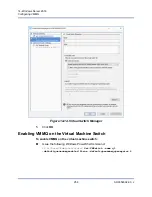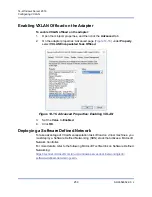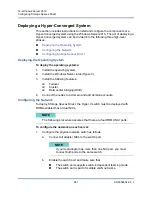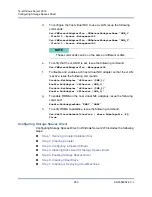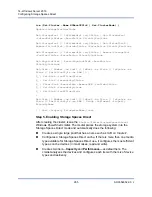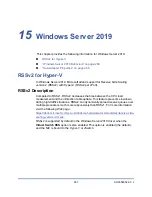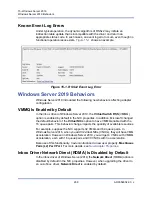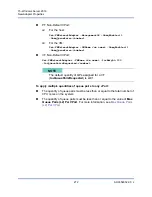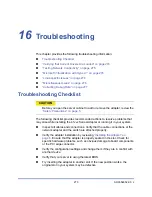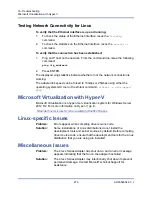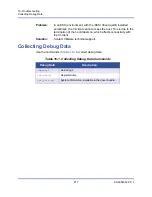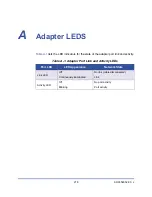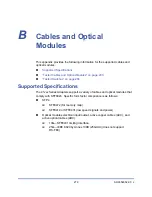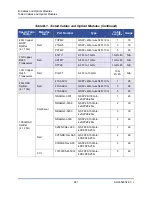
14–Windows Server 2016
Configuring Storage Spaces Direct
266
AH0054602-00 J
Step 6. Creating Virtual Disks
If the Storage Spaces Direct was enabled, it creates a single pool using all of the
disks. It also names the pool (for example
S2D on Cluster1
), with the name of the
cluster that is specified in the name.
The following Windows PowerShell command creates a virtual disk with both
mirror and parity resiliency on the storage pool:
New-Volume -StoragePoolFriendlyName "S2D*" -FriendlyName
<VirtualDiskName> -FileSystem CSVFS_ReFS -StorageTierfriendlyNames
Capacity,Performance -StorageTierSizes <Size of capacity tier in
size units, example: 800GB>, <Size of Performance tier in size
units, example: 80GB> -CimSession <ClusterName>
Step 7. Creating or Deploying Virtual Machines
You can provision the virtual machines onto the nodes of the hyper-converged
S2D
cluster. Store the virtual machine’s files on the system’s Cluster Shared
Volume (CSV) namespace (for example,
c:\ClusterStorage\Volume1
), similar
to clustered virtual machines on failover clusters.





